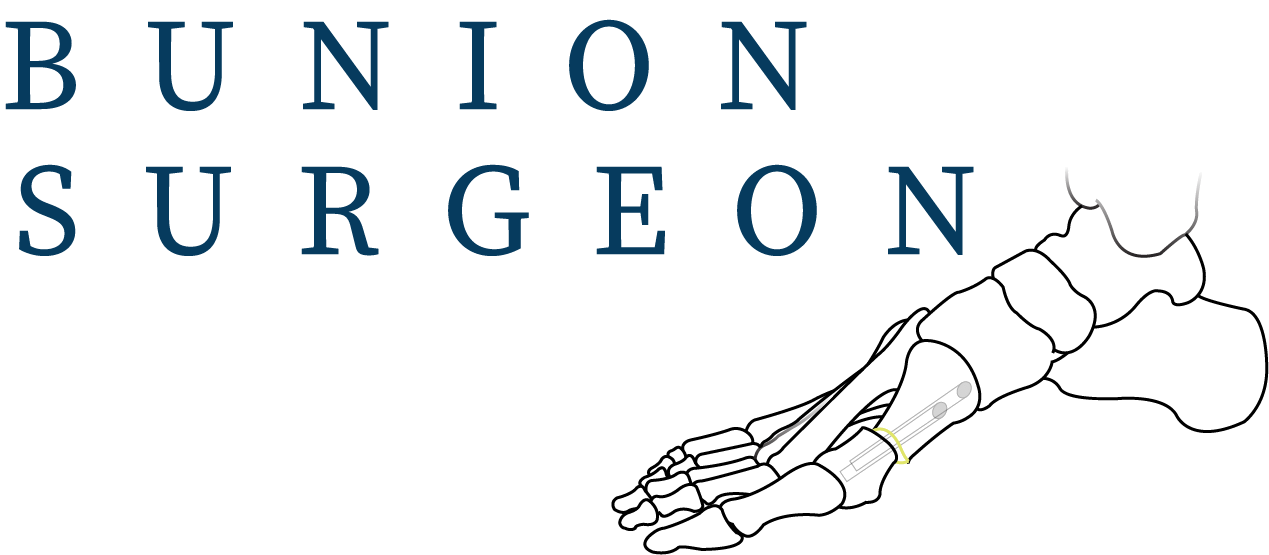

Tailor’s Bunion: Referred to as a Bunionette
Date published: 2024-06-26
A Tailor’s bunion is referred to as a bunionette. It is a deformity that leads to a bony lump and can include soft tissues at times as well. These usually develop around the small toe joints on the outer parts of your feet. A Tailor's bunion is not as common as a Hallux valgus deformity. Such a bony lump can make your feet wide, which can in turn make it harder for you to find comfortable footwear. If you wear tight-fitting footwear, it rubs on the deformity and causes your skin to become red, swollen, and painful.
Signs and symptoms of Tailor’s bunions?
There are several symptoms and signs of a Tailor's bunion, you might experience all or any of them. The most prominent one is a bony lump located at the little toe joint on the outside of your foot. At times, this problem manifests as your small toe deviates towards the fourth toe. You might also get toe swelling and pain surrounding the bony lump. At times, inflamed, hard or swollen skin might also develop over the said lump. In these cases, it is also common to experience difficulties in finding comfortable footwear.
Reasons behind a Tailor’s bunion
Several factors tend to contribute to you getting a Tailor’s bunion, with age being a major one. Such a deformity could also result from previous trauma or injuries suffered by your toe joints, or it could happen because of excessively flexible or hypermobile joints. Inflammatory arthritic conditions like psoriatic arthritis and rheumatoid arthritis might contribute to this issue too. You may also have this problem if you experience tightness in the muscles in the back of the concerned leg.
How to get relief when you have a Tailor’s bunion?
In order to find treatment options to assist with pain management it is important to see a foot and ankle specialist, such as a podiatrist, podiatric surgeon or orthopedic surgeon. Follow the non-surgical advice that they offer, which may include a change in footwear, custom orthotics or steroid injections.
You can also try making some lifestyle changes and stop doing or reducing activities that put pressure on the affected foot. For example, raise the foot on a stool and rest it whenever you can, avoid standing or walking for long periods.
However, non surgical treatment will not make the deformity smaller or correct it at all. Surgery is the only way to resolve a Tailor's bunion.
Conclusion
It is significant in such a condition that you find and wear footwear that is deep and wide enough to make space for the bunion. You can also try to cover it with plaster in cases where the skin is broken or use padding like a semi-compressed felt or fleecy web. It will reduce the friction caused when the skin on the bunion becomes inflamed or develops blisters. It is also important to be aware of the activities that cause the affected foot the maximum pain and try changing the habits so that you can avert them.